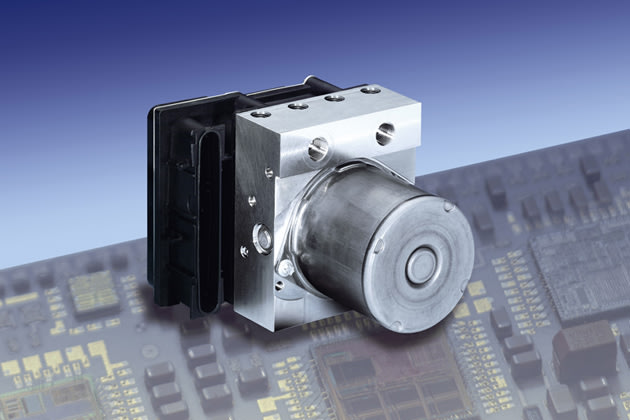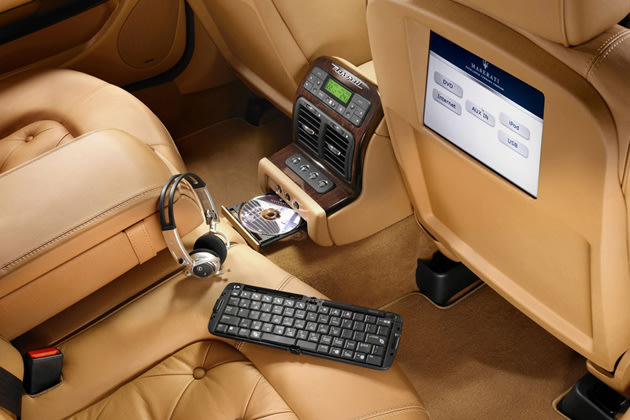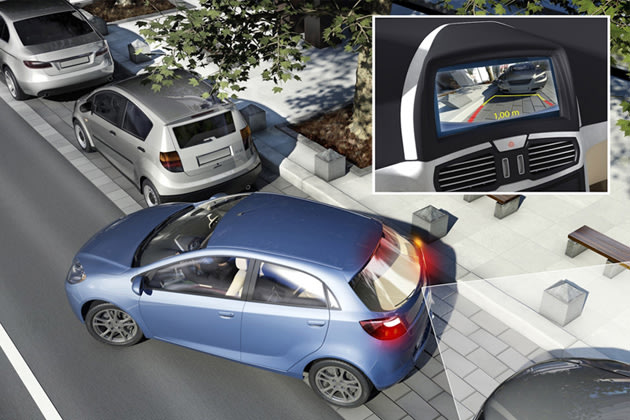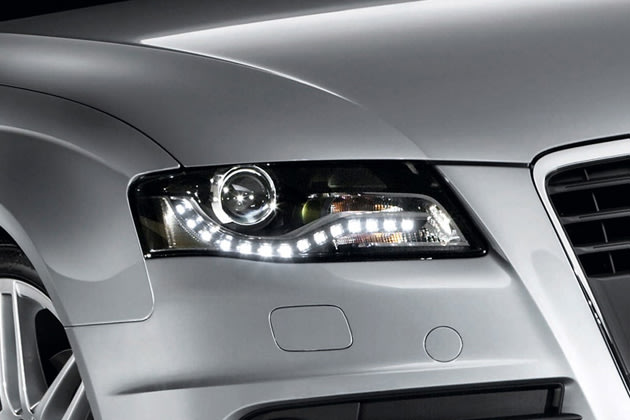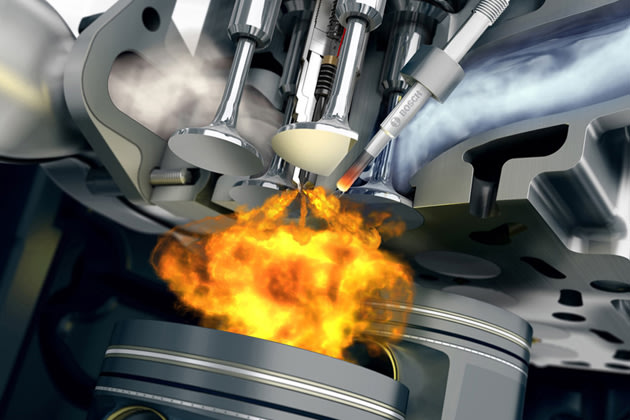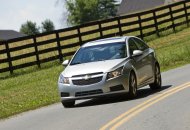What's hot and not in home styles this year
 |
This year's designated New American Home is being featured as part of the International Builder's Show.
|
Modern gets the thumbs up.
Spa-like and eco-sensitive, the “New American Home 2012” being unveiled in Orlando this week by the National Association of Home Builders in conjunction with the International Builders’ Show, is a warmer take on the classic “White Box” of mid-20th century modern design.
“A lot of people want a spa feeling and a spa look that’s very analogous to modern,” said Luis Juaregui, aTexas-based American Institute of Architects accredited architect. The 4,200 square foot, $3.5 million gray stone and glass home has free flowing entertaining spaces, floor to ceiling sliding glass doors, a stone staircase with open risers, clear glass balustrades and clean geometric lines, tempered by dark wood cabinets, area rugs and soft furnishings.
Still, to fit into more traditional looking neighborhoods, architects are increasingly going hybrid, mixing distinctly modern, techno-savvy interiors with colonial details, Tudor-style roofs or Craftsman-inspired touches on the exterior.
A home to call one’s own has long been part of the American Dream. But as tastes, technologies and regional preferences change, propelled by demographics and the socio-economic climate, the style, scale and comforts of that coveted real estate evolve.
During the bigger- is-better 1980s and 1990s, homes ballooned in size. Compact single story ranch and cape cod styles gave way to ever grander two-story neo-colonials. When the economic bubble burst, they retrenched. These days, downsizing is cool; supersized McMansions towering over smaller homes are not.
Stephen Melman, director of economic services at the National Association of Home Builders said that houses shrank about 10 percent from their 2,500 square foot peak in 2007, and are expected “to get smaller and more efficient” with open floor plans, master bedrooms on the first floor and dining rooms distinguished only by a chandelier or architectural detail.
One-story ranch homes, post World War II suburbia’s signature easy style, are slowly regaining favor, thanks to first time buyers with tiny tots and aging baby boomers seeking accessibility.
Craftsman style homes, popular before World War II, are also enjoying a revival, said Gary D. Cannella, an architect in Bohemia, N.Y. “It’s the style not the size.” Adaptable to sizable abodes or small bungalows, these one or one and a half story homes boast low-pitched rooflines, tapered columns, oversized eaves, gables and the front porches “that everyone wants and no one sits on.”
The split level, a hallmark of suburbia in the Brady Bunch era, is nearly obsolete. Despite the aerobic benefits of tri-level living, “all you do is walk up and down stairs all day long,” Cannella says. “You can’t go anywhere without steps.”
Here are the hot and not-so-hot home styles for 2012:
What's Hot in 2012
Style: Modern
Price: $399,000 to $29 million
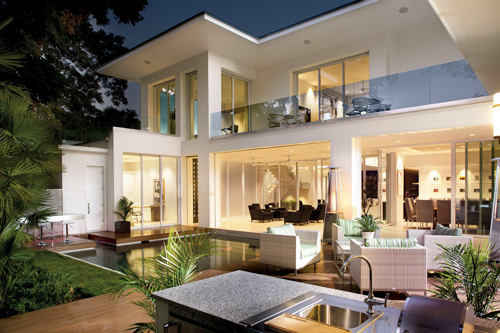 |
The New American Home in Winter Park, FL looks ready for entertaining.
|
Description: Aligned with the mid 20th-century counter classic design movement, modern is characterized by no fuss floor plans with combined dining, relaxing and entertaining spaces, clean, geometric lines, low slung roofs, and technologically advanced materials like concrete, steel and glass.
Why They Are Appealing: Easy, functional and bright, with walls of glass and open spaces, today’s modern is eco-sensitive and forward thinking, with state of the art kitchens and “smart house” technologies, though developers often prefer modern interiors with more traditional skins.
Where You’ll Find Them: Nationwide, with striking examples in the Hamptons, Santa Monica and other tony beach environs.
Style: Neo-Mediterranean
Price: $300,000 to $6 million-plus
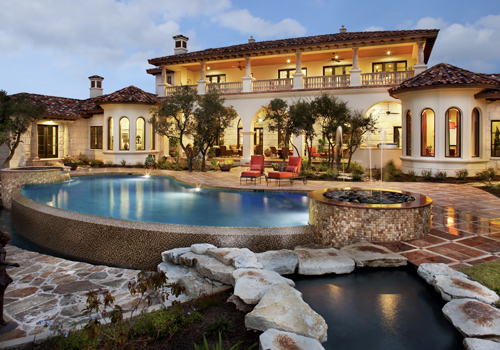 |
Neo-Mediterranean home styles are becoming the Sun Belt standard.
Photo: Jauregui Architect |
Description: Red tile roofs, stucco walls, archways, towers and heavy wooden doors with a Spanish or Tuscan flavor.
Why It’s Appealing: The Southern European style and materials work well in warmer climates and match the landscape.
Where You’ll Find It: California, Florida, Texas, Southwest
The Flip Side: While northern European style homes are vanishing from the Sun Belt, in chillier climates such as the Northeast, two story center hall colonials still reign.
Style: Craftsman
Price: $249,000 to $2.8 million
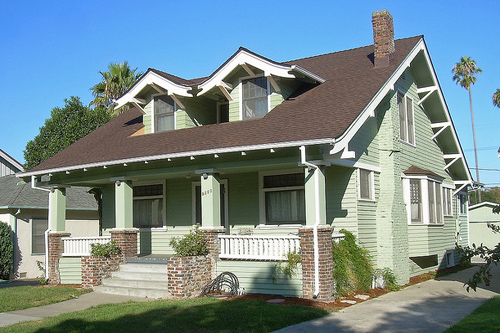 |
Craftsman-style homes have become an American classic.
|
Description: Often referred to as Arts and Crafts bungalows, Craftsman-style homes have low-pitched roof lines, overhanging eaves supported by decorative brackets, gables, front porches with tapered square columns, exposed roof rafters, handcrafted wood and stone flourishes.
Why They are Appealing: This one to one and a half story style shouts cozy. With an emphasis on natural materials and decorative details, it works well for larger homes and small bungalows.
Where You’ll Find Them: coast to coast
What's Not So Hot in 2012
Style: McMansions
Price: $350,000 to $10 million +
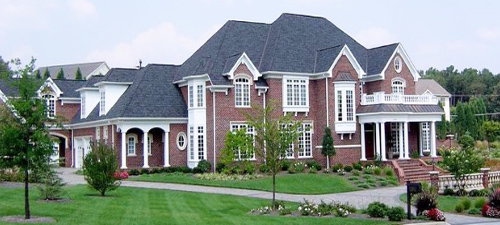 |
McMansion's were a sign of success before the bubble burst.
|
Description: Sometimes called colonials on steroids or oversized neo-eclectic houses, these super-sized jumbles of styles and decorative details from colonial to Victorian, have brick, stone, vinyl or composite veneers. A product of the latter part of the 20th century and the knock-down era of the bubble before the burst, they often replaced smaller homes on lots not suited to their hulking size.
Why they are not appealing: Pretentious, over-sized energy guzzlers, overshadow surrounding homes and out of sync with the economic climate’s downsizing trend.
The Flip Side: Well-designed mansions on properly sized lots and in appropriate settings such as golf course or lakefront communities are still hot.
Style: Split Levels
Price: $91,900 to $2,850,000
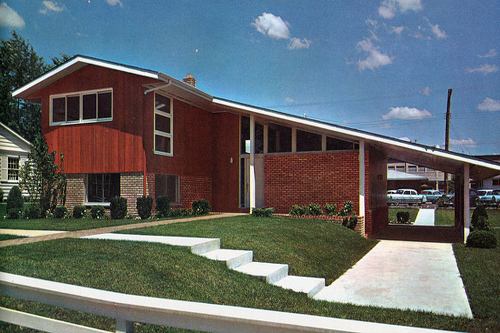 |
Split-level homes, with many steps, have lost market appeal.
|
Description: A Ranch style house divided into at least three parts by short flights of stairs leading up on one side, down on another, dividing entertaining spaces from private areas such as bedrooms and separating formal rooms from more casual playrooms and dens.
Why they are not appealing: This darling of the 1950s, 60s and 70s is outdated and complicated to maneuver with steps at nearly every turn.
Where You’ll Find Them: 1950s/60s/70s suburban subdivisions nationwide.
Style: Victorian
Price: $299,000 to $2,850,000
 |
Victorian homes are charming, but almost no one builds them like this anymore.
|
Description: Turrets and towers, wraparound or granny porches and gingerbread trim with Queen Anne, Gothic or Italianate flourishes are the hallmark of these turn- of-the-20th-century two and three story homes with plenty of nooks and crannies.














